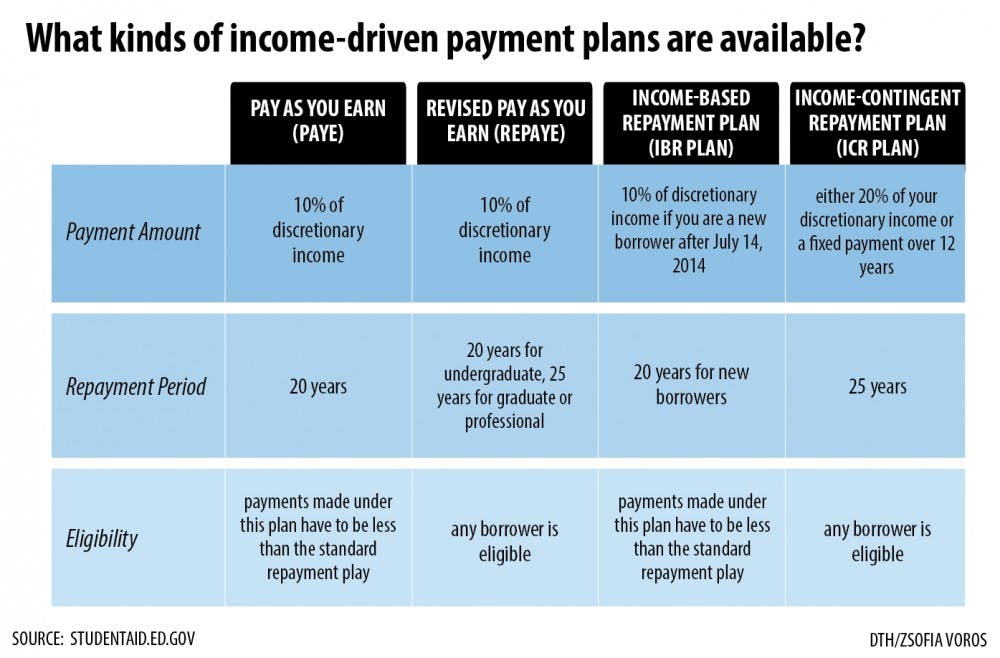The U.S. Department of Education released a request for information Feb. 21, seeking public comment on how to assess if student loan borrowers have met the undue hardship standard required to have their loans forgiven.
Student loan borrowers have few options to get their loans forgiven. In 1998 under the undue hardship clause, borrowers lost the ability to seek forgiveness by declaring bankruptcy after the seventh year of repayment.
The Department of Education is revisiting the policy and what it means to experience hardship.
The policy permits a borrower to discharge student loans if repayment would constitute an undue hardship, as judged by a bankruptcy court. Prior to the Higher Education Amendments of 1998, borrowers could discharge student loans if they had been repaying for seven years, without having to pass the undue hardship test.
The bankruptcy code does not define undue hardship. Critics argue the courts decide this standard arbitrarily, which may result in inequity in how undue hardship is assessed, according to the Chronicle of Higher Education.
The reassessment is in line with the Department of Education's 2015 guidance, issued to direct the mission of the department. The guidance was part of former President Barack Obama's charge for federal agencies to change the way Americans repay their student loans.
Clare McCann, the deputy director for higher education policy at New America, a U.S. nonprofit that considers public-policy issues, said the department is building on an already generous mandate.
"The federal student loan program is already very generous in the benefits it provides to borrowers in repayment – including allowing them to repay $0 per month if they are unemployed … (the department) doesn't necessarily need to broaden borrowers' eligibility for dischargeability," McCann said in an email.
McCann said some Democrats would be in favor of broadening the undue hardship standard.



